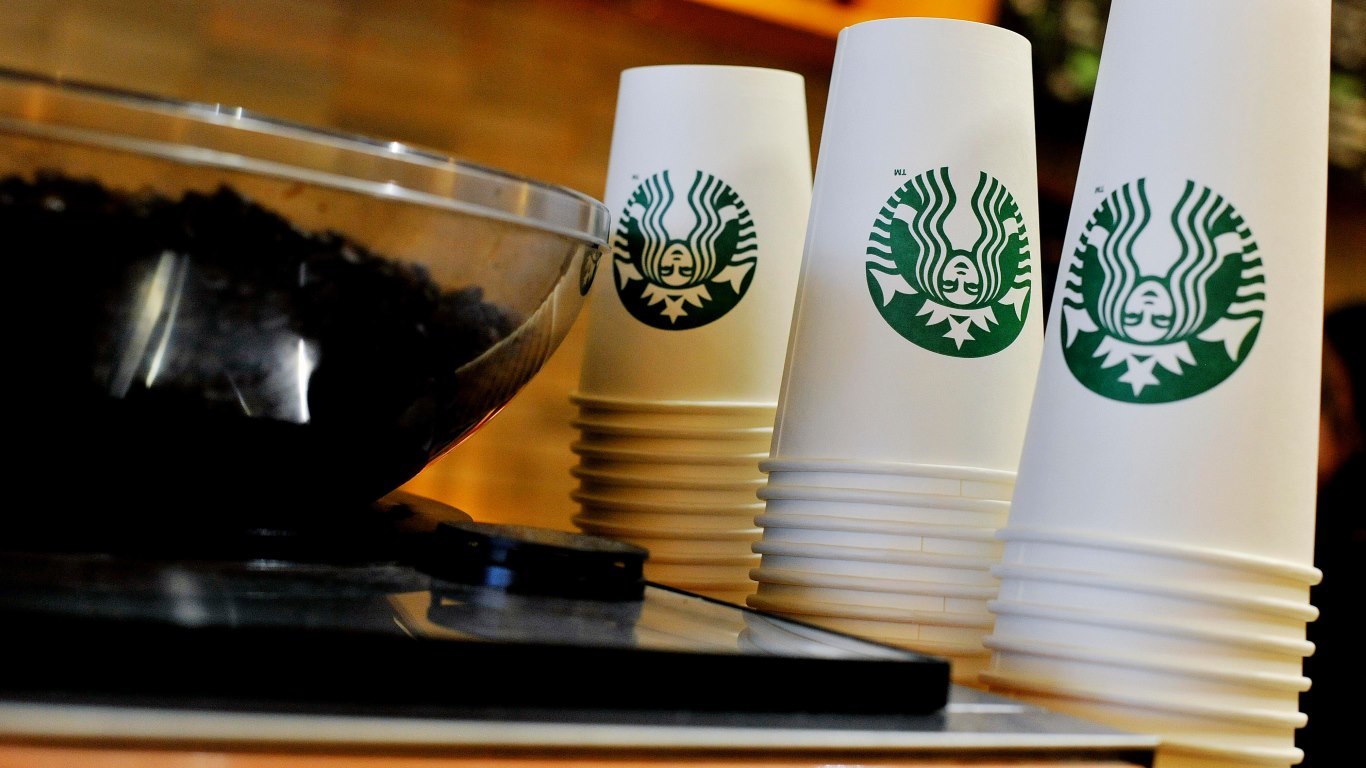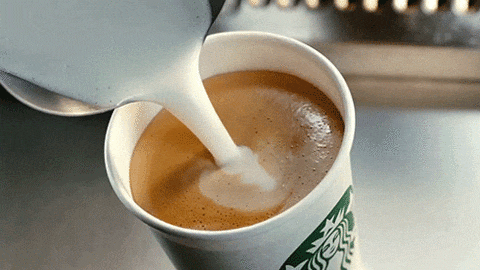
Action on Sugar performed analysis on 131 hot flavoured drinks and found that 98% of the drinks tested would receive a red nutritional value label for high sugar content.
A third of the hot drinks tested contain the same amount or more sugar than regular Coca-Cola – which contains nine teaspoons of sugar per can, a spokesman said.
The drinks assessed included flavoured coffees such as mochas and lattes, hot fruit drinks and hot chocolates, among others which are widely bought from some of the UK’s best known coffee shops and fast food chains.
The drink which was found to have the highest sugar content was Starbucks’ venti Grape with Chai, Orange and Cinnamon Hot Mulled Fruit, which had a total of 25 teaspoons of sugar per serving, the campaign group said.
Costa’s massimo eat-in Chai Latte was found to contain 20 teaspoons of sugar while Starbucks’ venti White Chocolate Mocha with whipped cream was found to have 18, a spokesman added.
A KFC Mocha and Starbucks’ Signature Hot Chocolate both had 15 teaspoons of sugar per serving, while Caffe Nero’s drink-in Caramelatte had 13, Action on Sugar said.
Action on Sugar researcher Kawther Hashem added: “Coffee shop chains must immediately reduce the amount of sugar in these hot drinks, improve their labelling and stop selling the extra-large serving sizes.
“These hot flavoured drinks should be an occasional treat, not an ‘everyday’ drink. They are laden with an unbelievable amount of sugar and calories and are often accompanied by a high sugar and fat snack.
“It is not surprising that we have the highest rate of obesity in Europe. Our advice to consumers is to have a plain hot drink or ask for your drink to contain a minimal amount of syrup, preferably sugar-free, in the smallest serving size available.”
A Starbucks spokeswoman said: “Earlier this year we committed to reduce added sugar in our indulgent drinks by 25% by the end of 2020.
“We also offer a wide variety of lighter options, sugar-free syrups and sugar-free natural sweetener and we display all nutritional information in-store and online.”
Kerry Parkin, head of communications at Costa, added: “Costa takes the nutritional balance of our food and drink very seriously and we have already taken significant steps to reduce the sugar content of our ranges.
“We intend to continue improving the balance of our product offerings while maintaining the high quality and great taste our customers expect. This April we will be setting salt and sugar reduction targets for 2020.”
//

Enjoy the convenience of having The Sunday Post delivered as a digital ePaper straight to your smartphone, tablet or computer.
Subscribe for only £5.49 a month and enjoy all the benefits of the printed paper as a digital replica.
Subscribe

